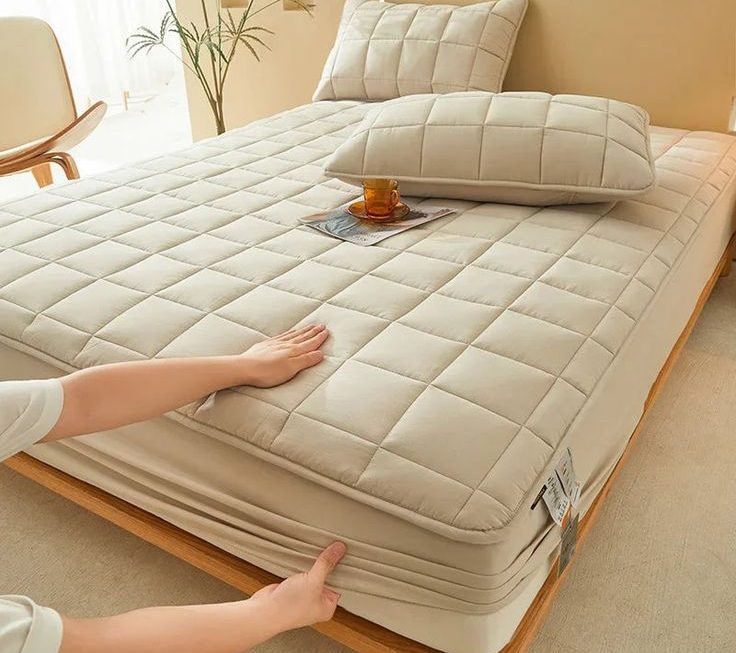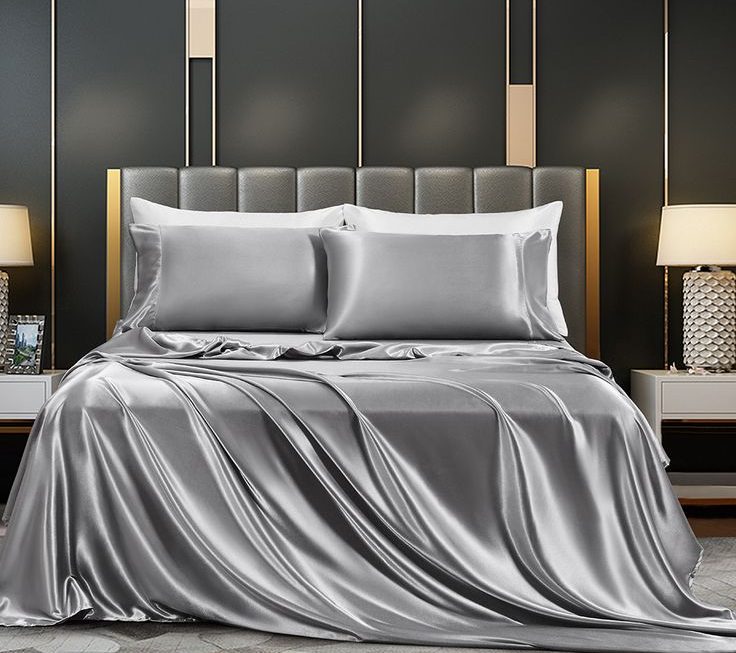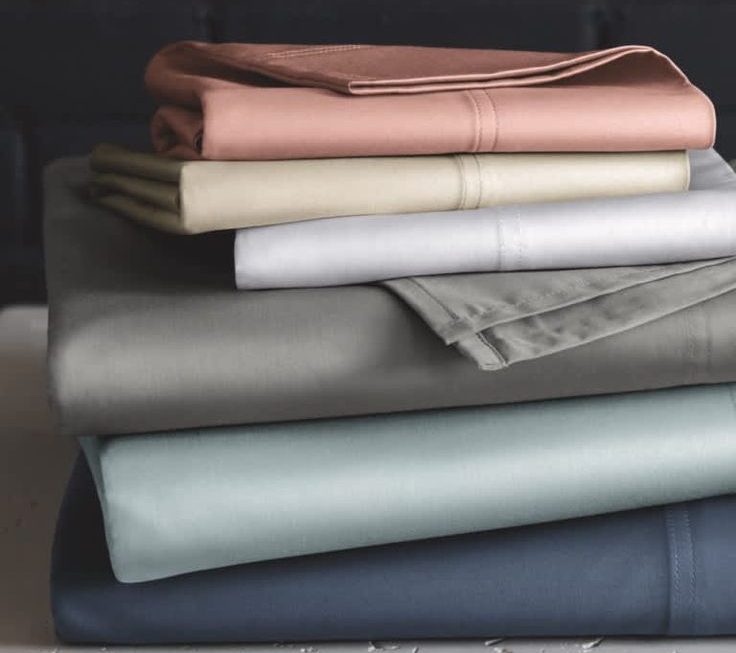Cleaning your carpet can rejuvenate your living space, removing stains and odors that accumulate over time. However, one of the critical steps often overlooked is properly drying the carpet after cleaning. Inadequate drying can lead to mold, mildew, and a musty smell. This comprehensive guide will walk you through the best methods and tips for effectively drying your carpet after cleaning.
How to dry carpet after cleaning
Carpets come in a wide variety of types, each designed to suit different needs, preferences, and aesthetic tastes. Here’s an overview of the common types of carpets along with their descriptions:
Cut Pile Carpet
Description: This type of carpet features fibers that are cut at the ends, resulting in a soft, cushioned look and feel.
Subtypes:
Saxony: Dense and soft with a uniform appearance.
Plush: Very smooth and dense, showing footprints and vacuum marks.
Frieze: Highly twisted fibers that create a curly, textured appearance.
Pros: Comfortable underfoot, available in various styles.
Cons: Can show wear and tear, such as footprints and vacuum marks, especially plush and Saxony types.
Loop Pile Carpet
Description: Features fibers that are looped at both ends, offering a textured appearance and durable performance.
Subtypes:
Berber: Characterized by large, thick loops.
Level Loop: Loops of equal height, creating a smooth, even surface.
Multi-Level Loop: Loops of varying heights, creating a textured pattern.
Pros: Durable, hides dirt and footprints well, suitable for high-traffic areas.
Cons: Less soft than cut pile, potential for snags with pets or sharp objects.
Cut and Loop Pile Carpet
Description: Combines both cut and looped fibers, creating a variety of surface textures and patterns.
Pros: Versatile design options, visually interesting textures, hides dirt and stains well.
Cons: More complex construction, potentially higher cost.
Textured Carpet
Description: A type of cut pile carpet with fibers of varying lengths twisted into a uniform pattern, designed to reduce the appearance of footprints and vacuum marks.
Pros: Durable, hides wear and tear, suitable for high-traffic areas.
Cons: Less formal appearance compared to some other types.
Shag Carpet
Description: Features long, plush fibers that create a deep, luxurious pile.
Pros: Extremely soft and cozy, adds a retro or bohemian aesthetic.
Cons: Difficult to clean, can trap dirt and debris, not ideal for high-traffic areas.
Plush Carpet
Description: A type of cut pile carpet with a very dense and smooth surface, offering a luxurious feel.
Pros: Elegant and formal appearance, very soft underfoot.
Cons: Shows footprints and vacuum marks, can be difficult to maintain.
Understanding the Importance of Proper Carpet Drying
Prevent Mold and Mildew
Moisture Risks: Carpets that remain damp for an extended period can become breeding grounds for mold and mildew. These fungi thrive in moist conditions and can lead to health problems such as allergies and respiratory issues.
Avoid Musty Odors
Odor Development: Damp carpets often develop musty odors, resulting from bacteria and mold growth. Proper drying helps eliminate these unpleasant smells.
Maintain Carpet Longevity
Prevention of Damage: Excess moisture can weaken and damage carpet fibers, reducing their lifespan. Proper drying ensures your carpet remains in good condition for longer.
Preparing for Carpet Drying
Initial Cleaning Steps
Thorough Cleaning: Ensure the carpet is cleaned thoroughly using an appropriate carpet cleaner. Follow the cleaning instructions for your specific type of carpet.
Effective Extraction: Use a carpet cleaner with powerful extraction capabilities to remove as much water and cleaning solution as possible during the cleaning process.
Safety Precautions
Check Manufacturer’s Guidelines: Refer to the carpet manufacturer’s guidelines for any specific drying recommendations or precautions.
Ventilation: Ensure proper ventilation in the room to facilitate quicker drying. Open windows and doors where possible to allow fresh air to circulate.
 Methods for Drying Carpet
Methods for Drying Carpet
Using Fans
Position Fans Strategically: Place fans around the room to circulate air. Position them to blow across the carpet rather than directly down onto it.
Type of Fans: Use high-velocity fans or air movers for best results. These are more effective in promoting fast drying compared to regular household fans.
Fan Duration: Leave the fans running continuously until the carpet is completely dry. This may take several hours to a day, depending on conditions.
Utilizing Dehumidifiers
Lowering Humidity: Dehumidifiers remove moisture from the air, which can speed up the carpet drying process significantly.
Placement: Position the dehumidifier in the center of the room or near the dampest area of the carpet.
Running Time: Keep the dehumidifier running for at least 24 hours or until the carpet is dry to the touch.
 Employing Carpet Dryers
Employing Carpet Dryers
How to dry carpet after cleaning
Professional Equipment: Carpet dryers, also known as air movers, are specifically designed for this purpose. They blow high volumes of air under the carpet, aiding faster drying.
Rent or Buy: Consider renting a carpet dryer from a local hardware store or purchasing one if you frequently clean carpets.
Usage: Follow the manufacturer’s instructions for optimal placement and duration.
Natural Drying Methods
Open Windows and Doors
Maximize Ventilation: Open windows and doors to create a cross breeze that aids in drying the carpet. This method is most effective in dry, warm weather.
Use of Sunlight
Direct Sunlight: If possible, expose the carpet to direct sunlight. Sunlight not only speeds up drying but also helps kill bacteria and mold spores.
Avoid Overexposure: Be cautious of prolonged exposure to intense sunlight, which may fade or damage some carpet fibers.
Ceiling Fans
Enhanced Air Circulation: Ceiling fans can help circulate air above the carpet, promoting evaporation and quicker drying.
Combine Methods: Use ceiling fans in conjunction with other methods such as floor fans and open windows for best results.
 Speeding Up the Drying Process
Speeding Up the Drying Process
Patting with Towels
Absorb Excess Moisture: Use clean, dry towels to pat the carpet and absorb as much moisture as possible.
Apply Pressure: Stand or press on the towels to increase absorption. Replace wet towels with dry ones as needed.
Lifting the Carpet
Create Airflow: If feasible, lift the edges of the carpet slightly to allow air to circulate underneath. This helps dry both the carpet and the padding beneath.
Use Supports: Place small objects like blocks or Styrofoam under the lifted edges to keep them elevated.
Wet/Dry Vacuums
Extract Remaining Moisture: A wet/dry vacuum can be useful for extracting additional water from the carpet after initial cleaning.
Multiple Passes: Make several passes over the damp areas to ensure thorough extraction.
Preventing Long Drying Times
How to dry carpet after cleaning
Avoid Over-Wetting
Controlled Cleaning: Be mindful of the amount of water and cleaning solution used during carpet cleaning to avoid excessive moisture.
Proper Equipment: Use carpet cleaners that have efficient water extraction capabilities to reduce the amount of moisture left behind.
Room Preparation
Remove Obstacles: Clear the room of furniture and other items that could obstruct air flow and slow down the drying process.
Floor Protection: Place plastic or aluminum foil under furniture legs to prevent moisture damage or staining from wet carpet.
Maintenance and Follow-Up
Regular Vacuuming
Post-Drying: Once the carpet is completely dry, vacuum it to remove any remaining dirt or debris loosened during cleaning.
Routine Maintenance: Regular vacuuming helps maintain cleanliness and prolongs the carpet’s life.
Professional Inspection
Periodic Checks: Consider having your carpet inspected by a professional periodically to ensure there are no underlying issues such as mold or mildew.
Expert Cleaning: Occasionally opting for professional carpet cleaning services can ensure deep cleaning and proper drying, helping maintain the carpet’s condition.
 Signs Your Carpet Is Not Drying Properly
Signs Your Carpet Is Not Drying Properly
How to dry carpet after cleaning
Musty Odors
Persistent Smell: A lingering musty odor indicates that there is still moisture present in the carpet, which can lead to mold growth.
Damp Feel
Touch Test: If the carpet still feels damp to the touch several hours after cleaning, additional drying methods should be employed.
Visible Mold or Mildew
Inspection: Regularly inspect your carpet for any visible signs of mold or mildew, especially in areas that were particularly damp.
Addressing Wet Carpet Issues
Mold Remediation
Early Action: If mold or mildew is detected, take immediate action. Use a commercial mold and mildew cleaner suitable for carpets.
Professional Help: For extensive mold growth, consider hiring a professional mold remediation service to ensure it’s thoroughly removed.
Carpet Replacement
Severe Damage: In cases where the carpet is severely damaged by moisture and mold, replacement might be the best option to ensure the health and safety of your home environment.
Conclusion
How to dry carpet after cleaning
Properly drying your carpet after cleaning is crucial for maintaining a healthy and comfortable living space. By understanding the importance of thorough drying and employing effective methods such as using fans, dehumidifiers, and natural ventilation, you can prevent mold and mildew growth, avoid musty odors, and extend the life of your carpet. Regular maintenance, being mindful of cleaning techniques, and timely addressing any signs of inadequate drying will ensure that your carpet remains fresh, clean, and in good condition. Follow this comprehensive guide to keep your carpets looking their best and your home environment safe and pleasant. Happy cleaning!




